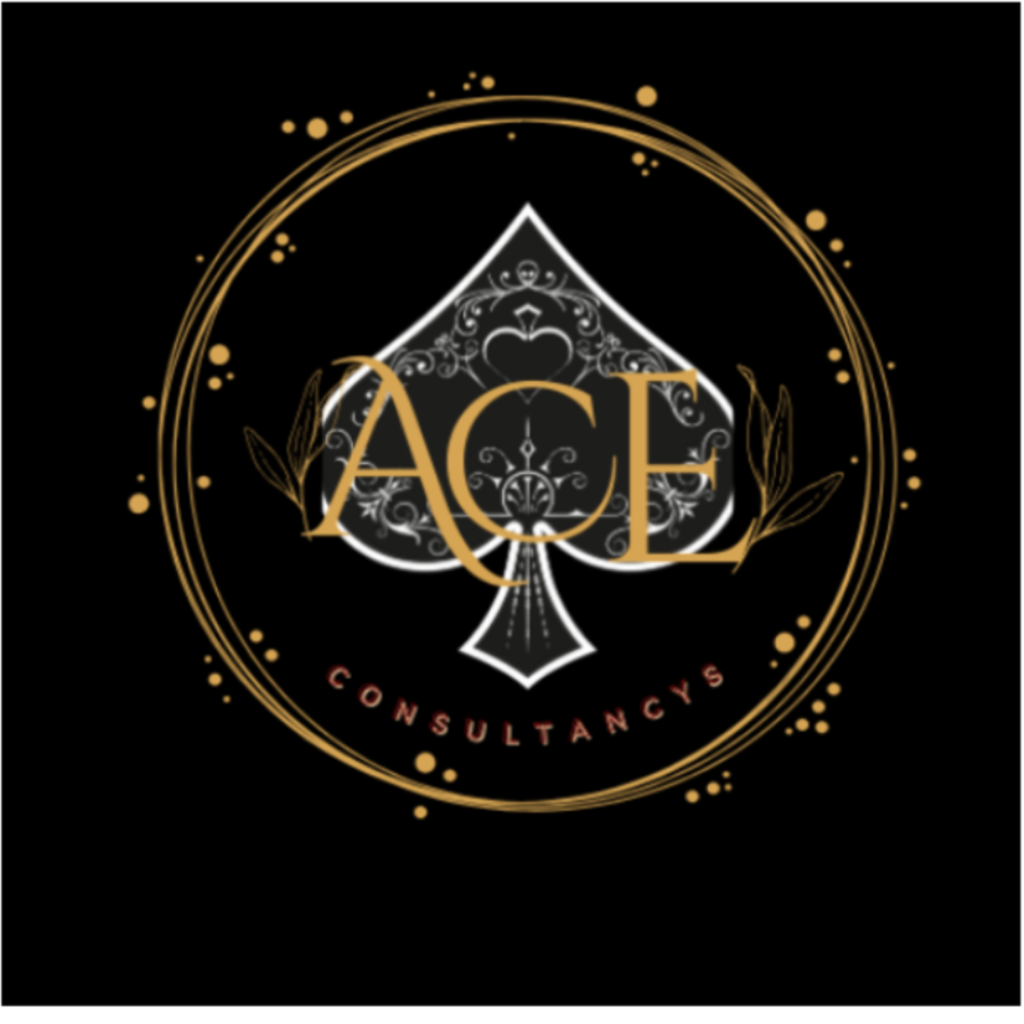Introduction
Every sales professional knows that timing can make or break a deal. Finding the best time to make a sales call for higher engagement is not just about convenience—it’s a strategic decision that can dramatically impact your success rates and bottom line. Research shows that making calls at optimal times can increase connection rates by up to 49%, yet many sales teams continue to dial at random hours, missing valuable opportunities to connect with prospects when they’re most receptive.
The Science Behind Sales Call Timing
The best time to make a sales call isn’t determined by guesswork or intuition—it’s backed by data and behavioral psychology. Understanding why certain time slots outperform others requires examining prospect behavior patterns, decision-making rhythms, and workplace dynamics.
According to research by InsideSales.com, the day of the week significantly impacts call success rates, with Wednesday and Thursday showing 46% higher success rates than Monday and Tuesday. This pattern emerges because early-week calls often catch prospects dealing with weekend backlogs, while late-week calls tend to find them in a more receptive mindset as they prepare to close out weekly objectives.
Time of day matters equally. The traditional 9-5 workday isn’t uniformly productive for sales calls—certain hours yield substantially better results than others. Understanding these peaks and valleys can transform your calling strategy and dramatically increase your engagement rates.
Morning Gold: Why Early Calls Often Win
When analyzing the best time to make a sales call for higher engagement, morning slots consistently show strong performance. The sweet spot appears to be between 8:00 AM and 10:00 AM, when prospects are fresh, energetic, and haven’t yet become bogged down in the day’s demands.
CallHippo’s research indicates that calls made between 8:00-9:00 AM have a 30% higher response rate compared to calls made after lunch. This early morning advantage exists because decision-makers often review their schedules and priorities first thing, making them more receptive to new information before their day becomes fragmented with meetings and urgent tasks.
However, regional considerations matter. When calling across time zones, what constitutes “morning” shifts. The best practice is to align with the recipient’s morning, not yours. This attention to detail demonstrates respect for the prospect’s schedule and increases the likelihood of meaningful engagement.
The Midday Dip and Late-Morning Peak
As the morning progresses, engagement patterns shift. Data from Gong.io reveals that the best time to make a sales call hits another peak between 10:00 AM and 11:30 AM. During this window, prospects have handled immediate priorities but haven’t yet transitioned to lunch mode, creating a perfect opportunity for substantive conversations.
Conversely, the period immediately after lunch (1:00 PM to 2:00 PM) shows a marked decrease in engagement. PhoneBurner’s analysis found that connection rates drop by approximately 20% during this post-lunch slump, as people are either still finishing their meals, catching up on emails that accumulated during lunch, or experiencing the natural energy dip that follows eating.
This midday pattern underscores the importance of strategic scheduling. By avoiding the post-lunch valley and targeting the late-morning peak, sales professionals can substantially increase their chances of having productive conversations with engaged prospects.
The Surprising Late-Afternoon Opportunity
Conventional wisdom suggests avoiding late-afternoon calls, but recent data challenges this assumption. Research from RingLead shows that 4:00 PM to 5:00 PM actually represents another ideal window for the best time to make a sales call for higher engagement. During this period, many professionals have completed their primary tasks for the day and are more receptive to discussions about future improvements or solutions.
The psychology behind this late-day opportunity is interesting—as people prepare to transition out of work mode, they often become more reflective about larger goals and challenges. This mindset creates an opening for sales professionals to present solutions that address these broader concerns.
However, Friday afternoons represent an exception to this pattern. Call connection rates on Friday afternoons drop by approximately 35% compared to other weekdays, according to research by Sales Hacker. This decline occurs because many professionals mentally check out earlier on Fridays or leave the office altogether, making them less available and engaged.
Best Days of the Week: Not All Weekdays Are Equal
When determining the best time to make a sales call, the day of the week deserves as much consideration as the hour. Data from HubSpot reveals that Wednesday and Thursday consistently outperform other weekdays, with connection rates approximately 24% higher than Monday and 49% higher than Friday.
These mid-week advantages exist because:
- Mondays find prospects dealing with weekend backlogs and planning their week
- Tuesdays often fill with internal meetings and project kickoffs
- Wednesdays and Thursdays catch prospects in their productive stride
- Fridays see attention shifting toward weekend plans and wrapping up weekly tasks
This pattern suggests that sales teams should concentrate their highest-value prospect calls on Wednesdays and Thursdays, reserving Mondays for planning and Fridays for follow-ups rather than initial outreach.
Seasonal Considerations and End-of-Month Timing
Beyond weekly and daily patterns, monthly and seasonal rhythms also influence the best time to make a sales call for higher engagement. Research from Chorus.ai indicates that the last week of the month sees a 17% increase in decision-maker availability compared to the first week, particularly in B2B sales environments.
This end-of-month advantage stems from budget cycles and quota pressures. As the month closes, prospects with purchasing authority often seek to allocate remaining budget before it disappears, creating a natural motivation to engage with potential solutions.
Similarly, quarterly endings (particularly Q4) show heightened engagement rates. The final weeks of December can be especially productive for B2B sales calls, contradicting the common assumption that the holiday season is a dead zone for sales activity.
Implementing a Time-Optimized Calling Strategy
Translating these insights into action requires systematic implementation. The most effective approach combines data-driven scheduling with personalization and testing. Consider the following implementation framework:
- Segment your prospect list by time zone to ensure you’re calling during their optimal windows
- Track engagement metrics according to call timing to identify patterns specific to your market
- Establish a calling cadence that prioritizes high-value prospects during peak engagement periods
- Continuously test and refine your timing assumptions based on real-world results
Remember that while general patterns provide valuable guidance, your specific market may show variations. The key is to start with evidence-based best practices, then refine through systematic testing.
The Bottom Line on Sales Call Timing
Finding the best time to make a sales call for higher engagement isn’t about rigid rules—it’s about understanding patterns and probabilities. The data consistently shows that Wednesday and Thursday mornings between 8:00-11:00 AM and late afternoons from 4:00-5:00 PM (except Fridays) offer the highest probability of connecting with engaged prospects.
By aligning your calling strategy with these natural engagement rhythms, you can significantly improve connection rates, conversation quality, and ultimately, conversion success. Remember that the best time to make a sales call depends on understanding not just when people are available, but when they’re mentally receptive to your message.
Have you noticed particular days or times that work exceptionally well for your sales calls? We’d love to hear about your experiences in the comments below. If you found this article helpful, please share it with your sales team and network on social media—timing insights are too valuable to keep to yourself!
FAQ
1. Does industry type affect the best time to make sales calls?
Yes, B2B and B2C businesses have different optimal calling times. B2B calls work best mid-week during business hours, while B2C calls often perform better in early evenings.
2. Should I adjust call timing during holidays?
Absolutely. Avoid calling during major holidays, but the days before holiday breaks can be surprisingly effective as decision-makers clear tasks.
3. Do these timing rules apply to international calls?
Always prioritize the prospect’s local time zone, not yours, for optimal engagement.
4. What if I can only make calls during “suboptimal” hours?
Focus on quality over timing. A well-prepared call at a less-ideal time outperforms a poor call at the “perfect” time.
Read More : https://aceconsultancys.com/ai-lead-generation/










